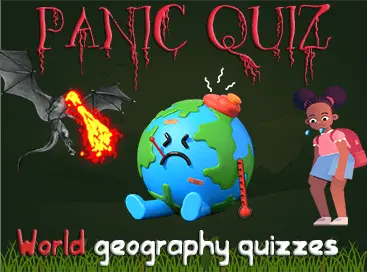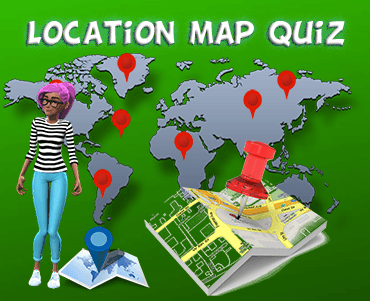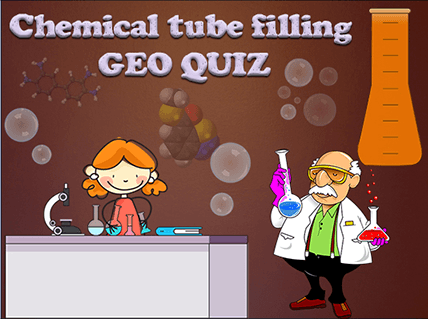The Atmosphere Layer Names Game is a fun way to interact with the various layers of Earth’s atmosphere. It features drag and drop game that allows children to choose the layers they want to play with at any time. This game will help children remember concepts that are taught in school, such as ozone layer and stratosphere.
Atmosphere layers name activity
In this drag and drop game, your students will learn the main layers of Earth’s atmosphere from the Troposphere to the Exosphere in a fun and engaging way. With colorful graphics and beautiful music, this is an excellent game for kids to play at home or in the classroom.
The Composition of Earth’s Atmosphere
Earth’s atmosphere is made up of a wide variety of different gases. The composition of the atmosphere is 78.1% nitrogen, 20.9% oxygen, and 0.9% argon. Many other gases in trace quantities are also present, including carbon dioxide, neon, helium, hydrogen, krypton, xenon and ozone. There is also a small amount of water vapor present: 1%-4% by volume. Aerosols are a component of the atmosphere that we need to understand. Some aerosols shield us from the sun’s rays or create rainbows on sunny days.
Carbon dioxide, neon, helium, krypton, hydrogen, xenon and ozone are in the atmosphere as well. The atmosphere also contains water vapor that can vary depending on the location. Fine particles suspended in the air are dust from volcanoes, grains of sand and salt. These fine particles circulate in the lower layers of the atmosphere.
The troposphere layer
The troposphere is the lowest layer of Earth’s atmosphere. It’s where most of our planet’s weather originates and it’s home to the inversion layer, which lies at a constant temperature and doesn’t change with altitude. It’s also where pollutants tend to collect and stay close to the surface.
The inversion layer is another layer that doesn’t change with altitude. Pollutants build up near the surface and then are prevented from reaching the upper atmosphere by smog. The troposphere contains 78% nitrogen and 21% oxygen, with trace amounts of other gases. It is also where most of Earth’s weather originates.
Similar activity can also be found on Scied.ucar.edu

























